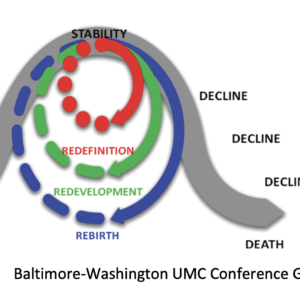On December 16, 2004, a NorthHaven Church Task Force met at the Presbyterian church to present the findings of their visioning study. Long before NorthHaven owned any property, designed a building, or moved into its own space, it took steps to discern who she wanted to become.
The task force began by acknowledging a few things about who the church was before describing who it wanted to be. The church was made up of moderate and progressive Baptists who wanted something different in their church life. They started NorthHaven for that particular purpose. Most of the members at that time came from a church split and were still going through the healing process. Most were lower and middle class persons who would be classified as intellectuals.
The presentation also acknowledged that NorthHaven was a regional church not confined to any one geographical area. It drew members from Lexington, Midwest City, OKC, Moore, Ada, and even Ardmore. Today, we still draw members from many of those places as well as Blanchard and other, new locations.
Then, in Part II of the task force presentation, it sought to answer the question: “Who do we want to be?”
- We want to be different, and we know if we are going to achieve this, then we are going to have to be very intentional.
- We want to be a church that is more ministry minded, not a church based on programs.
- We want to be a church that ministers outside the walls of its building.
- We want to be qualitative not quantitative.
- We want to be challenged intellectually, seeking a good balance of head and heart.
- We want to reach out to the community.
To support these goals, the church voted to give 15% of every dollar to missions outside the walls of the church and in the community. It also hired an educated, full-time pastor even before having a building.
NorthHaven was never a large church, and from our earliest days, we made a conscious choice to prize quality over quantity. We’ve always been a quirky church who was self-aware and content with the strange place that we inhabit in the religious landscape of Oklahoma- even taking steps to protect that uniqueness.
Today, 17 years after NorthHaven’s task force gave its report, we have the opportunity to look back and see both how far we’ve come and where we were pulled off course.
We remain a moderate and progressive Baptist church at no small cost and despite forces trying to pull us in other directions. Members who joined because we affirm women, left because they didn’t like how we talk about racism or Christian Nationalism. Yet through it all, we’ve maintained and reaffirmed our identity, even explicitly extending the hand of fellowship to our LGBTQ family members.
Today, imagining 15% of our budget going to missions seems like a dream. Since you brought me on staff in 2018, we’ve given only 4% and 5% to missions annually. Those of you on committees know how rarely our conversations are able to focus on anything outside the building and in the community.
Church consultants say that a church needs to reassess and reaffirm its mission and vision every 5 years or so.
Have we become who we aimed to be? Do those goals still apply to us? Where have we fallen short, where have we outgrown them, and where can we improve in the next 5 years?
Consultants also observe that around the 20 year mark is where churches tend to either veer off course or come into adulthood, so to speak. That’s where we are today. Standing at a crossroads and once again asking ourselves, “who do we want to become?”
Do we still hold the values that we asserted 17 years ago?
On top of everything else, we are in a season of decline and depression as a church- just like nearly every other religious congregation in America. These last two years have been hard. And harder on us than many others. But this is actually really good news in the grand scheme of things. It gives us the opportunity and the crisis necessary to reimagine who we are as a congregation and recommit to our core values.
Here’s a graph I really like about the life cycle of congregations:
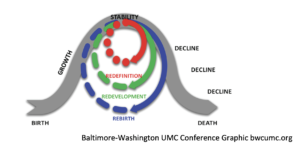
In the life of a church, the point of decline is also the very same point where rebirth is possible. (Is it an accident that we’re talking about Nicodemus being born again in worship this week!?) It’s a profoundly spiritual and Christian truth. Death leads to resurrection and new life. It is in dying that the Christian lives. So it is with churches.
We are in a moment of death and rebirth.
Here’s the graph showing our current giving data that Ginger Elliot Teague created for church conference in January:
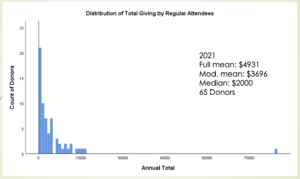 We have a disturbing disparity in our giving data. That little blue line on the faaarrr right of the graph is 90+ years old. Add to it the fact that an even larger contributor died in 2020.
We have a disturbing disparity in our giving data. That little blue line on the faaarrr right of the graph is 90+ years old. Add to it the fact that an even larger contributor died in 2020.
Here’s another graph Ginger put together of our budget from 2018, when both of those givers were still actively contributing, alongside our 2021 budget.
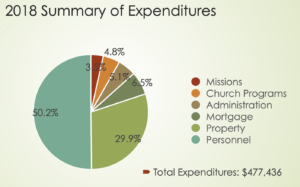
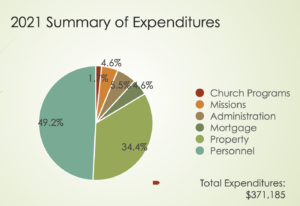
As you can see, our missions giving was already 10% lower by 2018 than our 2004 commitment of 15%. And that 2018 budget included over $100,000 more than our 2021 budget. Since 2018 we’ve decreased staff by more than $60,000 and slashed church ministries and programs by nearly $20,000. We increased missions giving from $17,000 in 2018 & 2019 to $22,000 in 2020, but very quickly reduced it again in 2021.
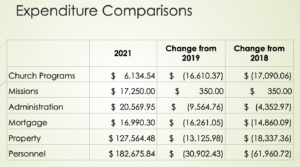
To give a little perspective, our median giver donated $2000 in 2021. That means half our givers donate more and half give less. In order to replace the two largest givers that I described, NorthHaven needs 105 new givers (or new families). That’s simply to return to a budget that looks more like the 2018 budget that gave 5% to missions.
 NorthHaven has never been that large, and because of the choices we’ve made, we’re unlikely to ever be that large.
NorthHaven has never been that large, and because of the choices we’ve made, we’re unlikely to ever be that large.
17 years ago, we chose quality over quantity. We chose to be our unique selves knowing that would make us a niche church. We choose to remain moderate and progressive in Oklahoma knowing it isn’t the most popular option.
Today, we’re faced again with the opportunity to reaffirm these commitments (both their privileges and their liabilities) or to re-envision who we are and who we want to be.
I think we are still that same church who met 17 years ago and dreamed of a different kind of community in Norman. Who we are hasn’t died. Who we are as a congregation is stronger and more alive than ever before.
What’s passing away is the how.
How we are able to be an “inclusive family of Christ followers” is dying away very quickly, but God is providing new ways for us to be faithful witnesses in our time and place even now. And we get to partner with God in the creation of this new thing that God is doing with NorthHaven Church.
Our rebirth is just on the horizon, and somedays I can see it. I can see artists gathered showcasing their paintings at the art-walk. I can see homeless people at our door received bags of groceries and clean clothes. I can see politicians and religious leaders sharing a meal and dreaming about a more just city. I can see college students who hear an inclusive gospel articulated for the very first time that is both biblical and Christ-like.
We’re right in the middle of rebirth. Right now. And anyone who has given birth or witnessed that miracle knows it is a painful process. Sometimes slow. Sometimes twinged with grief or even remorse. Always significant. Never to be taken lightly.
Our rebirth won’t be without pain. It won’t happen quickly. We have to push. It won’t be easy. But NorthHaven, there is no one else I want to share this moment with. No one else I want beside me in times as difficult and special as these.
What is being born in us and through us during these difficult days is going to be something truly remarkable. I believe.
Jakob Topper, Senior Pastor
